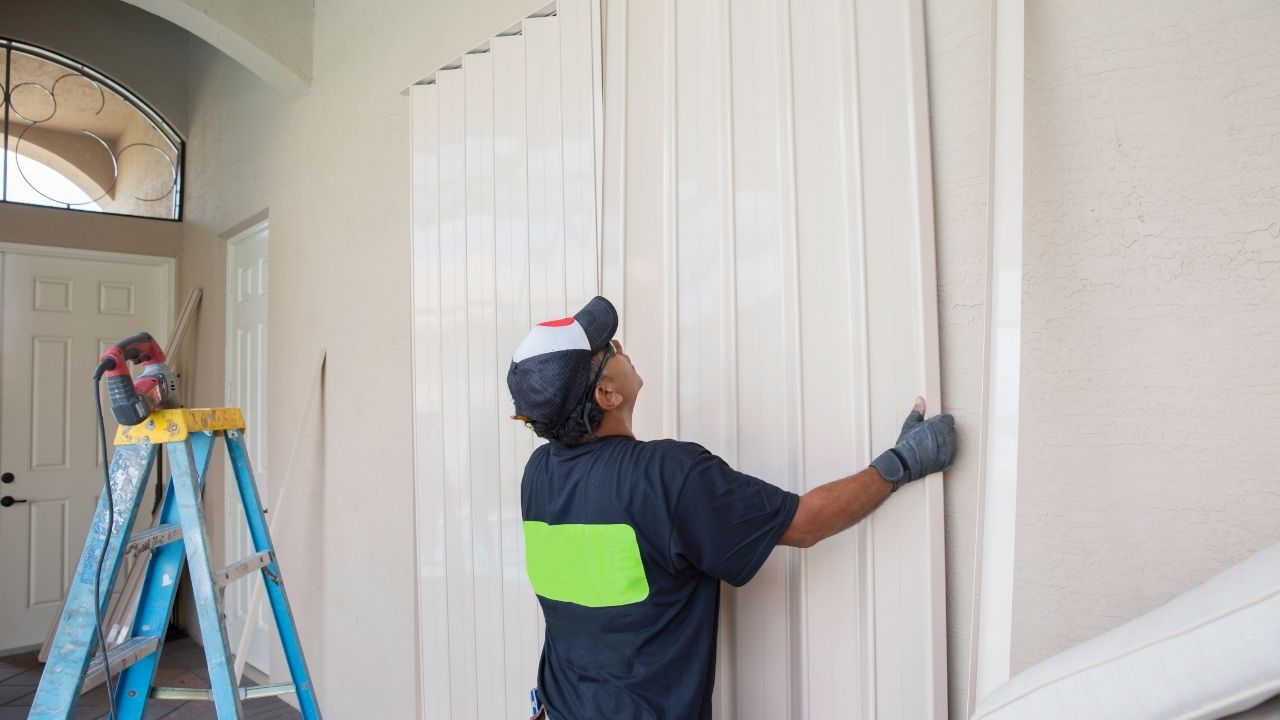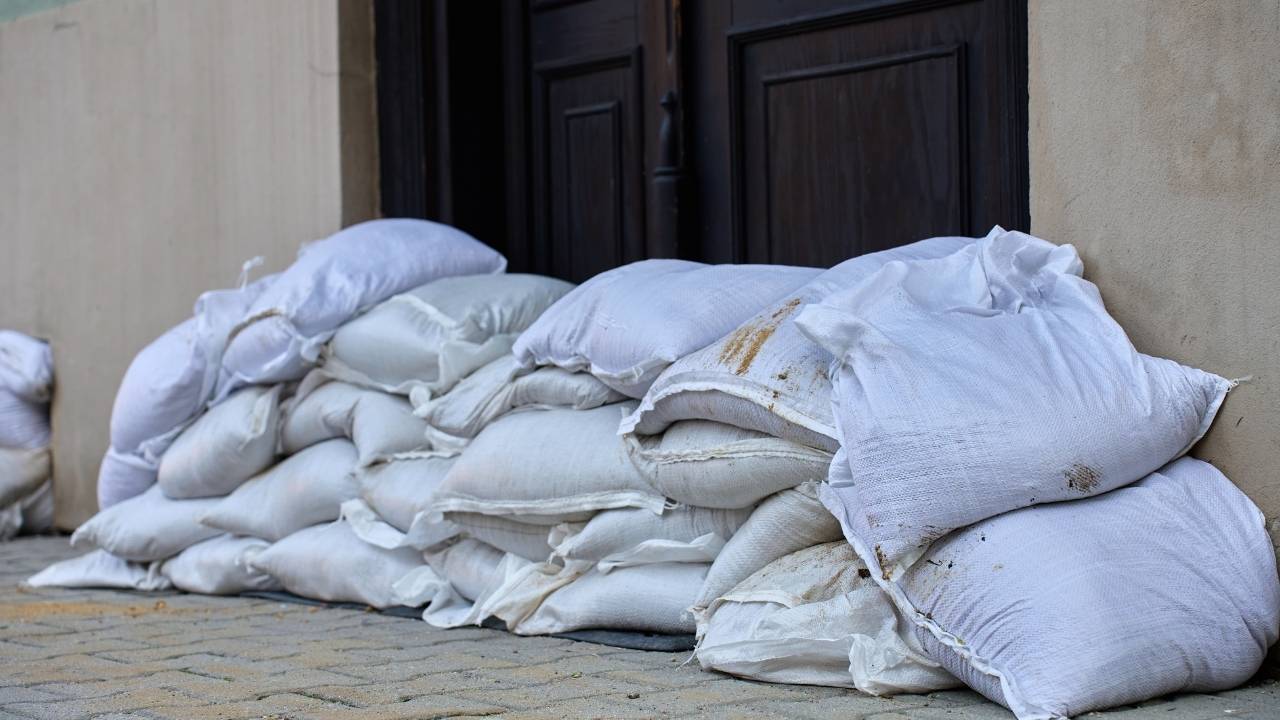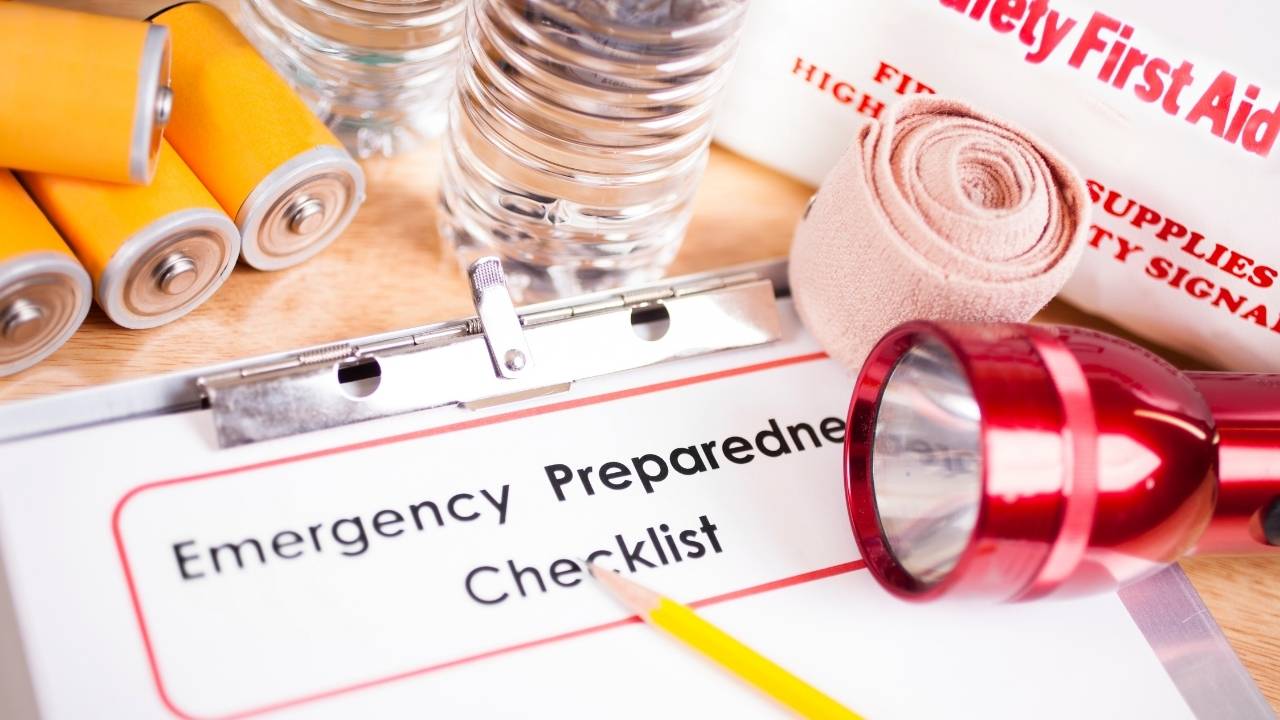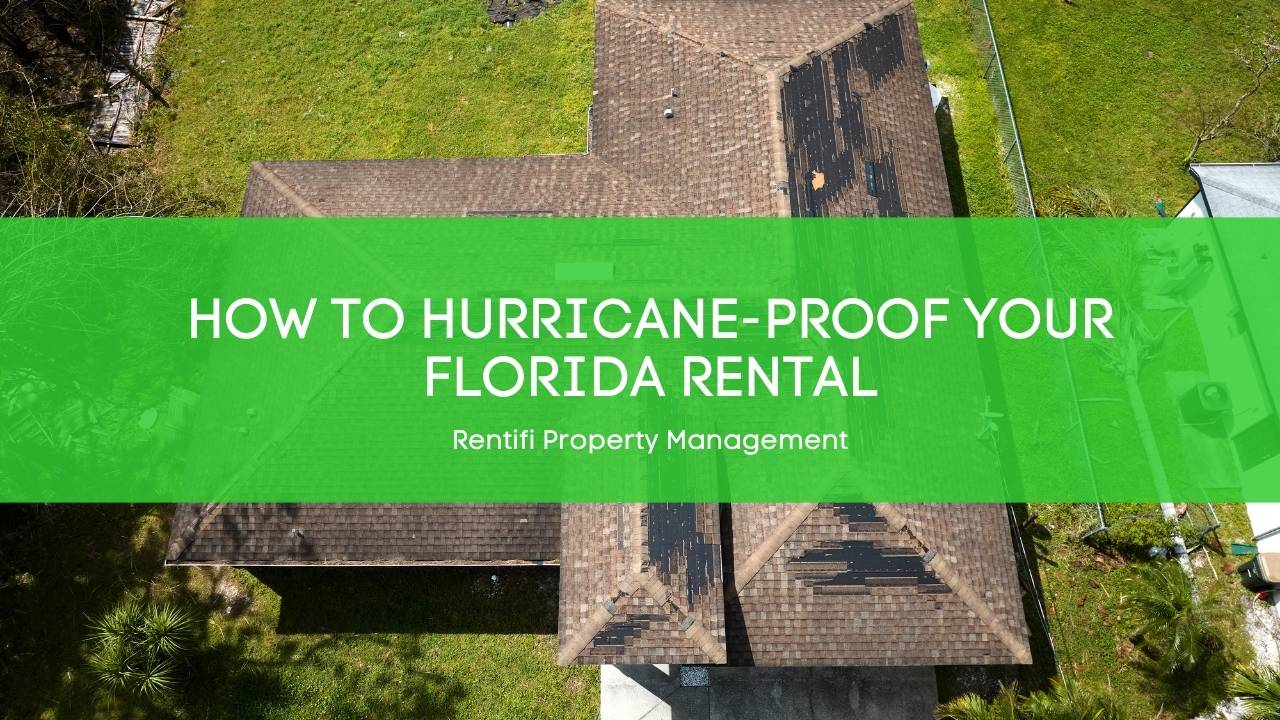Hurricane season in Southwest Florida runs from June 1 to November 30. Between Naples, Fort Myers, and Cape Coral, one strong storm can cause thousands of dollars in property damage. For landlords and investors, preparation is the key to protecting both your rental and your long-term investment.
In this post, we’ll walk through a practical hurricane preparedness plan based on proven property management strategies. These steps can help minimize risk, protect your tenants, and ensure your rental weathers the storm safely.
Secure the Exterior
The first step to hurricane-proofing your rental is securing everything outside the property. High winds can turn everyday objects into dangerous projectiles. Before the season starts, walk the perimeter of your property and remove or secure anything that could blow away.
Trim back trees and cut off dead branches. Yard waste should be tied into bundles or placed in containers, never plastic bags, since they won’t be collected. Loose items like lawn furniture, potted plants, or tools should be moved indoors or set out for trash pickup.
For additional protection, consider installing storm shutters or upgrading to impact-resistant windows and doors. Preventive maintenance may seem small, but it can save thousands in damage and repairs later.

Protect Your Roof and Gutters
Your roof is your first line of defense against hurricane damage. Inspect it before the season for missing shingles, loose flashing, or weak areas. Repairing these issues early helps prevent leaks when heavy rain arrives.
Clean gutters and downspouts so water drains efficiently away from the property. Clogged gutters can cause water to back up and seep into the walls or foundation. A strong, well-maintained roof not only protects the structure but also prevents costly interior repairs.
If you’re unsure how to identify weak spots or water entry points, it can be helpful to review the basics of risk management for property owners. Understanding your property’s vulnerabilities is essential for effective prevention.
Review Flood and Wind Protection
Hurricanes don’t just bring strong winds, the real trouble often comes from storm surge and heavy rain. Both can lead to serious flooding and property damage if you’re not ready.
It helps to get ahead of it. Raise up your HVAC systems, electrical panels, and water heaters if you can, especially in lower areas. Use sandbags or temporary flood barriers for ground-level units, and seal up any cracks around windows or doors before the season starts.
It’s also a good idea to remind tenants to move anything off the floor when a storm alert is issued. Little steps like that can go a long way in protecting what matters. You can see how all these precautions fit together in this hurricane preparation checklist.

Review Your Insurance Coverage
Even the best-prepared property can sustain some damage. That’s why insurance is a critical part of your hurricane plan. Review your policy each year before the season starts to ensure you’re covered for both wind and flood events.
Once a hurricane watch or warning is issued, it’s too late to modify or purchase new coverage. Being proactive now can make recovery far less stressful later.
It’s also a good idea to document the condition of your property with photos or videos for insurance claims. Encourage tenants to carry renters’ insurance as well, protecting their belongings from loss.
Strengthen Your Lease and Communication Plan
Preparation isn’t just about your property, it’s also about communication and accountability. Consider adding a preparedness clause to your lease that outlines tenant responsibilities before a storm, such as securing patio furniture or following evacuation notices.
Share a clear communication plan with your tenants, including emergency contact numbers, local shelter locations, and evacuation routes. When expectations are clearly defined, confusion and panic are reduced.
Having these details in writing protects both you and your tenants. It also fosters trust by showing that you’re proactive and organized.
Create an Emergency Response Plan

Every landlord should have a plan for what to do when a hurricane hits. Start by keeping a list of reliable contractors for emergency repairs. Knowing who to call immediately after a storm can prevent delays in addressing damage.
Once it’s safe to assess the property, document any visible issues and communicate clearly with tenants about when it’s safe to return. A thoughtful response plan not only protects your investment but also strengthens your reputation as a responsible property owner.
If you’re considering expanding your portfolio, it’s worth reviewing how local conditions in areas like Fort Myers can impact long-term returns. Our guide on buying an investment property in Fort Myers outlines key factors for investors, including how to balance opportunity with weather-related risk.
Final Thoughts
Hurricane season doesn’t have to mean disaster for property owners in Southwest Florida. With early preparation, clear communication, and a strong maintenance plan, your rental can withstand even the toughest storms.
Taking time now to secure your investment protects not just your property, but also your peace of mind.
For more information on protecting your rental and managing your investment effectively, visit Rentifi Property Management.



